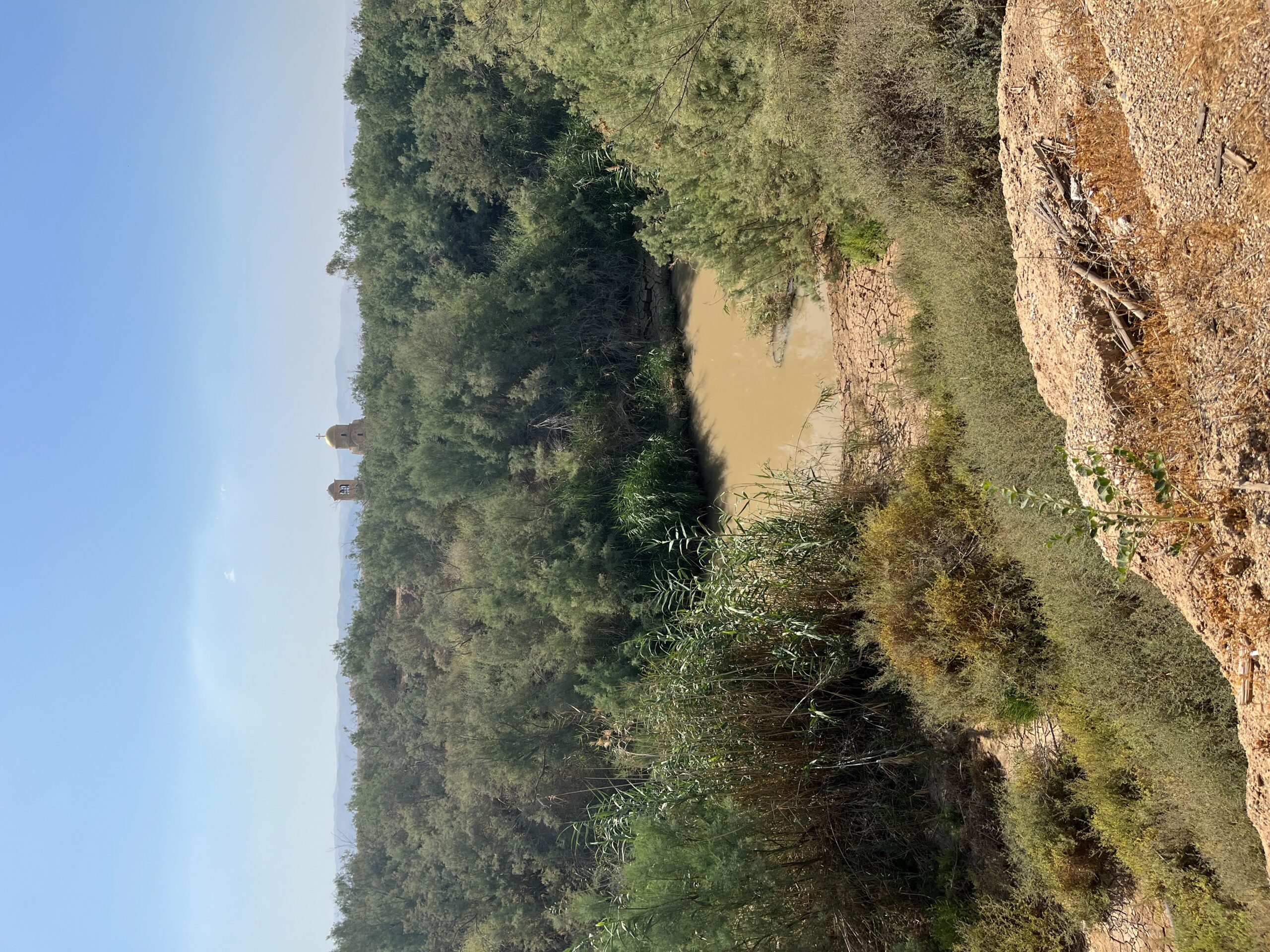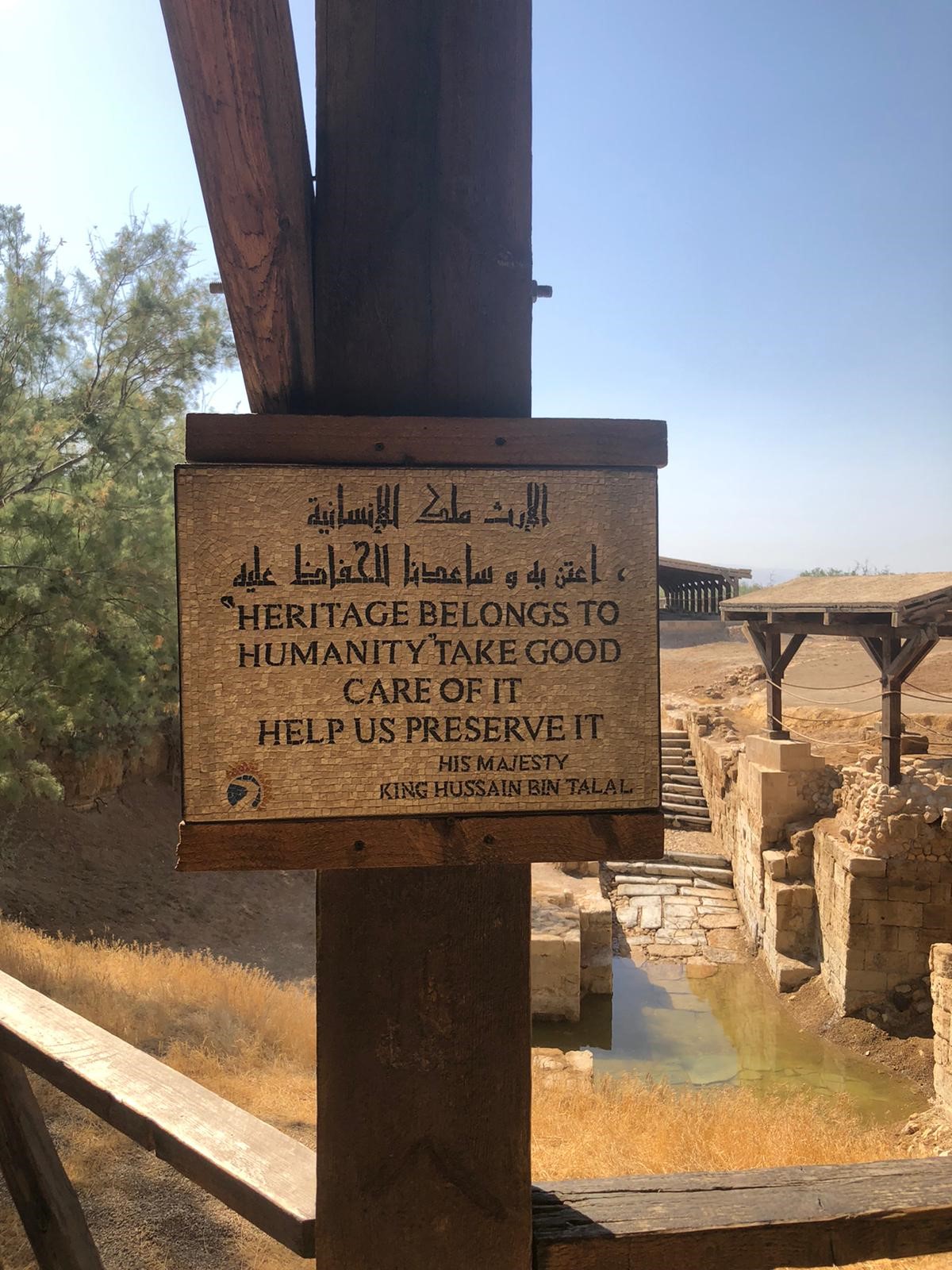
“A Land Full of Aching Hearts”
During World War 1, the Ottoman Empire lost its territory in the Middle East region. The region – present-day Iraq, Syria, Jordan, Palestine, and Lebanon – was divided between the British and French empires. Britain controlled Jordan, Palestine, and Iraq; France controlled Lebanon and Syria. British and French powers divided the Levant region unbeknownst to the Arab representatives through the Sykes-Picot agreement – this move is known to be one of the greatest betrayals in history. This region, now four separate countries, was supposed to be one country (and many people who live in this region still think it is and should be considered one country).
If you look at a map of Jordan, you can see how deliberate (and ironically, careless) the borders were drawn by British and French powers. British and French involvement was rooted in imperialist and colonialist motives. Their intention was to create a country with limited access to natural resources and ports; Jordan’s only seaport is in Aqaba and the country stands as the second-most water-scarce country in the world. Sykes and Picot, the two writers of the agreement, carelessly drew borders on a map, diving communities and cultures. In all my years in grade school, I never once learned about the history of Jordan or this secret agreement. To hear about Jordan’s history from a Jordanian’s perspective (instead of the glossed over perspective given to us in history textbooks) was refreshing and intriguing. It is crucial that people learn about the history of a country that is quite literally in the middle of the world, and a massive hub for international communication, trade, etcetera. I was a bit surprised to learn about the way Jordan was formed, but it makes sense when I think about what I’ve learned in history courses with regard to European colonialist power. This is simply another instance when overzealous European figures got involved in different regions and societies to advance their private agenda.
During our first week, we visited the Baptism Site in South Jordan. This site is where it is believed that John the Baptist baptized Jesus. In the picture with the plaque, you can see the baptismal site in the background. I found it fascinating to learn about this shared story present in both Christian and Islamic texts, even though baptisms are not a common cultural practice for Muslims. After seeing where Jesus was believed to have been baptized, the guide took us directly to the part of the River Jordan where Jordanians perform baptisms. I went down the river and ran my fingers through the water to get a very small sense of what it is like to be baptized in that water.
At this part, you can see the Jordan flag waving on one side of the river and the Israeli flag waving on the opposite side. I had a lot of conflicting feelings seeing these flags waving in the wind across from each other, especially after learning about Jordan and Palestine’s complicated history and complicated relationship with Israel and Western powers.
I included a picture of the Jordan River. In the past few decades, the River Jordan has been drying up. The river is decreasing in size – in part due to climate change – but MOSTLY due to the actions of the Israeli government. The Israeli government is redirecting the water from the River Jordan inland, leaving less and less water for Jordanians. I included a picture of a quote by Jordan’s former king, King Hussein Bin Talal, where he says, “heritage belongs to humanity…preserve it.” I included this picture because it so eloquently captures our need to recognize the importance of culture and heritage in history. Jordan’s water crisis is only going to get worse as conditions with the Israeli government remain tense and as the climate worsens. Millions of people in Jordan are at risk of losing access to water in the coming decades if meaningful action is not taken now.
This small part of our trip is only the beginning. I am eager to continue learning about Jordan, its history, and the strong influence of politics in the MENA region.

